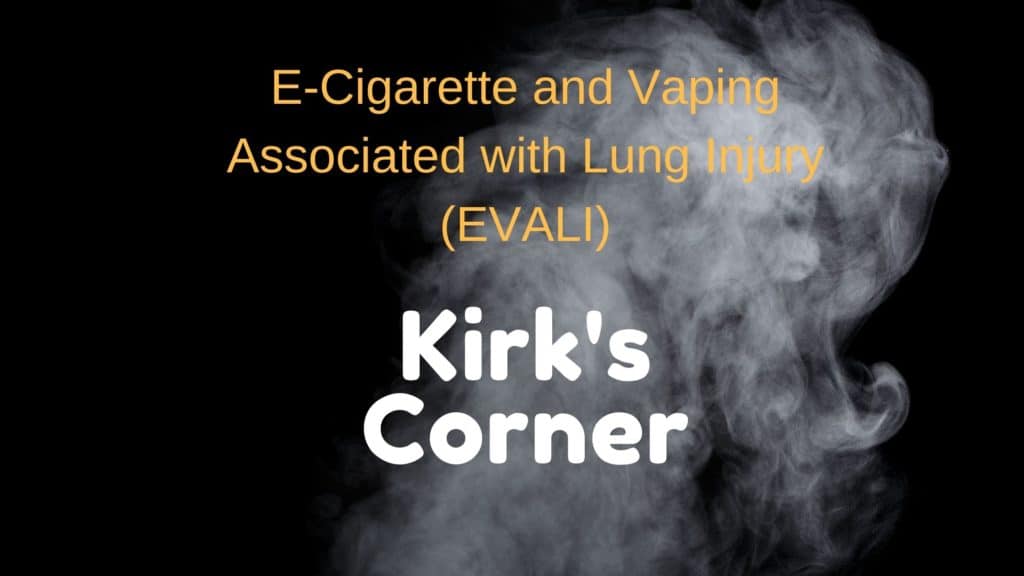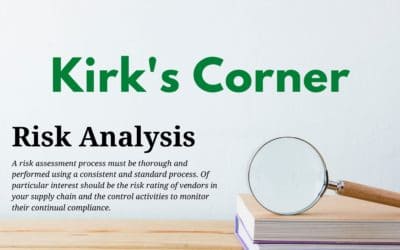
The drug and alcohol dependence organization just published an exhaustive report that addresses (amongst other things) the association of EVALI with the licensed and unlicensed, and medical and recreational markets across the United States. The EVALI cases in 2019 were certainly a common topic of discussion. After reading this report I would like to highlight a few of the reports interesting conclusions: 1) in states where marijuana policies were in effect, a statistically lower number of EVALI cases were seen, 2) EVALI incidents were about 40% lower in states that allow recreational marijuana use, 3) contaminants found in marijuana vaping products were problematic.
Here is the cascading effect of licensing that we see repeated time and again; when marijuana laws are enacted, licensing occurs. With licensing comes regulations. Regulations bring operational compliance, which in turn brings products free of contaminants and pesticides. This in turn, makes safe products available to consumers. Cities, counties, and states that maintain their prohibition regarding marijuana create a vacuum for the illicit market, which has no safeguards in place for consumer safety.
The unlicensed market personifies untenable operational risk and hazards to the consumer. The unlicensed business is exposed to legal penalties, financial forfeiture, and loss of the entire organization.
Let’s turn our attention to the licensed market and the issue of contaminants in marijuana vaping products. It is best to assume an amplification or mitigation of properties and ingredients will occur after blending, particularly assuming the heating process to the point of vaporization. Any untested additive is an inherent risk because you don’t know the chemical interplay and the final chemical composition of the heated product and the components of the container. Testing literature is replete with cases of individual substances exhibiting a vastly different safety profile than a formulation of the components when they are combined. Testing a product for THC amounts and terpene profiles is not sufficient to address the issue of contaminants.
Consider the following red flags regarding operational compliance:
- bulk concentrates purchased from a vendor that lack end-product testing results for chemical composition and contaminants
- final products in a white label situation that lack end-product testing results for chemical composition and contaminants
- lack of testing for chemical composition and contaminants from your own ingredients and hardware from manufactured line of products
Strongly consider the gas chromatography (GC) methodology of testing because the product being tested is heated.
Join ACCCE today and immediately access risk management practices that address commercial cannabis businesses’ highest risk issues.



